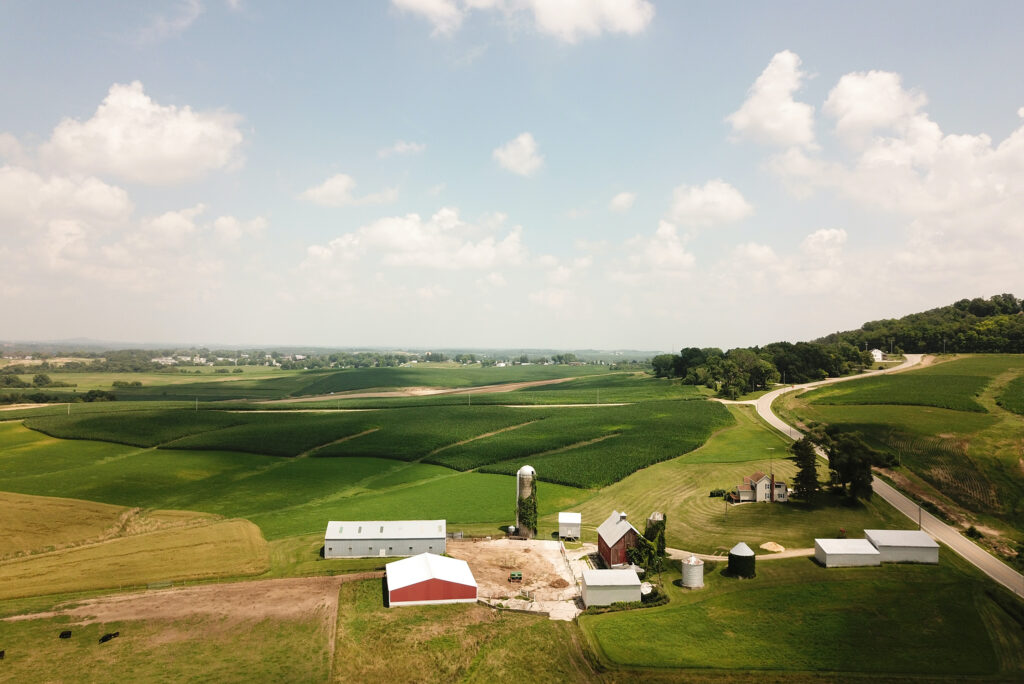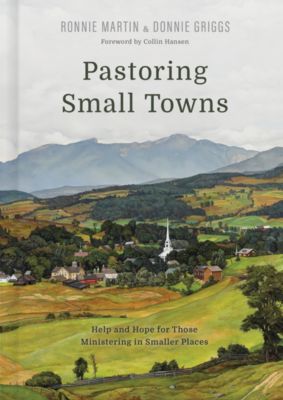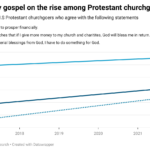
A one-size fits all approach simply does not work. So we need tools to assess the uniqueness of our rural community ministry context.
By Carl P. Greene
My family and I have thrived living in three different rural communities. Each time we moved I was convinced we were uniquely equipped for ministry in the next rural context. I have been consistently wrong. A one-size fits all approach simply does not work. So we need tools to assess the uniqueness of our rural community ministry context.
A full-hand approach
Through my lived experience and Ph. D. research, I have become convinced that rural ministry contexts are best assessed with a “full-hand approach.” I grew up milking cows and found that using my thumb along with all four fingers was the most effective approach to hand milking.
“Rural ministry contexts are best assessed with a ‘full-hand approach.’” — Carl P. Greene Click To TweetI am going to stay with this dairy farming life lesson and lay out five key methods for assessing rural ministry contexts. Rather than relying on only one variable, the full-hand approach provides a composite picture of the unique blend of rural attributes reflected by our communities.
1. Population
Population is the index finger of methods that we generally use for pointing out what a rural community is. While there are statistical population thresholds for rural, the best application of population data for ministry is to learn about the place and people.
The U.S. Census Bureau is an easy place to find population data. First, enter your most immediate municipality. From there, take a look at the public school district population statistics and then the county population statistics.
The concentric circles provide a picture of the level of rurality at various rings around your ministry context. This provides a generalized idea of services provided to residents. In lower-population areas, there tend to be more voids in services that churches can directly fill. Needs among the elderly or youth are opportunities for churches to initiate services in low-population areas, while higher-population areas are more likely to provide opportunities for strategic partnerships between churches and existing service providers.
But do not stop here with the census data. Dig into the tabs that offer specific data about who is in your context. Age, economics data, employment data, and so much more help us to get to know who is around us. The Census Bureau has a wealth of data to move us beyond our potentially misguided generalizations of our communities. For instance, by going to the American Community Survey tab within the Census Bureau website, you can find your community’s breakdown of age by 5-year increments. A treasure trove of information awaits for you to discover the specifics of who is in your ministry context.
2. Density
This is the ‘tall man’ finger in the middle of the digits. Yep, this middle finger is awkward. We often do not talk about density with rural ministry because we assume that all rural is low density. However, a church located in a town is likely to have different experiences than a church out in the open countryside where there is not a population center. We have ready access to density statistics by searching within Wikipedia. Enter the municipality, and the demographic data will include density statistics.
“People in a rural town will be organically crossing paths with one another at various third places, but the rural countryside requires intentionality to actually see our remote neighbors.” — Carl P. Greene Click To TweetDensity provides some counterintuitive information for us. We generally think rural places naturally lead to more organic interactions because ‘everyone knows each other.’ Density alters this understanding. While low population can facilitate overlapping interactions, low density works against it. People in a rural town will be organically crossing paths with one another at various third places, but the rural countryside requires intentionality to actually see our remote neighbors. Density informs our approach to getting to know people.
3. Proximity
Proximity is the ring finger that helps reveal if we are married to another place or not. Rural places and people are influenced by how much interaction they have with urban areas. If a rural community is near a sizable city, it is likely that many of the people will work, shop, and spend their free time in that urban area. While we can look at a map and see this reality, there are also statistical measures that look at work commute flows to establish how connected with its urban neighbor a rural place is.
Knowing proximity helps us know if our community is more of a bedroom community or not. We also get a better idea of the times of day people are most likely to be in the community. A helpful tool in examining proximity along with the population and density of your county is the Rural Urban Continuum Codes (RUCC). This provides a picture of how rural your county is based on statistics.
4. Amenities
The pinky finger of our assessment is more art than science. We need to listen to our rural places and people with our own qualitative study. What do people say defines their community? They may say it is a farming town even though there are only two farms left. They may say that it is a logging town even though the community college is the statistical hub.
We need to pay attention to socially constructed understandings of rural. Regardless of what the hard data says, certain parades, festivals, holidays, and the like will have added significance because of how people understand their community. Local amenities also inform our use of illustrations and stories to best connect through faith communication. On the flip side, listening for socially constructed amenities also reveals opportunities. The people may overlook the importance of the community college, but the rural ministry informed by statistics can intentionally reach into this missed opportunity.
“Regardless of what the hard data says, certain parades, festivals, holidays, and the like will have added significance because of how people understand their community.” — Carl P. Greene Click To TweetAnother key aspect of amenities is to listen for what makes the place unique. The community might be near a large body of water or possibly support a large family-owned business or is the home of a unique historical event. Uncovering this involves listening to people, looking at municipal websites, and even checking in with our old friend Wikipedia.
5. Identity
Now we are at the thumb. The thumb is what makes the fingers work when milking a cow. Without the thumb, we are just waving our four fingers without purpose. This is true with identity. Rural identity is qualified by centrality and saliency. Centrality refers to how committed the individual is to their rural identity. Saliency refers to how frequently they talk about rural matters. Even if your town is statistically rural, but the people do not have centrality nor saliency with rural matters, overt rural ministry techniques are likely a miss. We need to know what matters to people. Maybe their occupation or sports team affinity trumps their rural identity. Listening is required.
Milking the cow
There are five key tools for a ‘full hand assessment’ of rural ministry contexts. By flexing all five of these tools, we are bound to learn more about the unique people and place we have been called to serve. Population, density, proximity, amenities, and identity are all a part of shaping the rural experience. The key is that we observe and assess the unique blend of these attributes in our context and adapt our ministry approach to these realities.
For permission to republish this article, contact Marissa Postell Sullivan.












